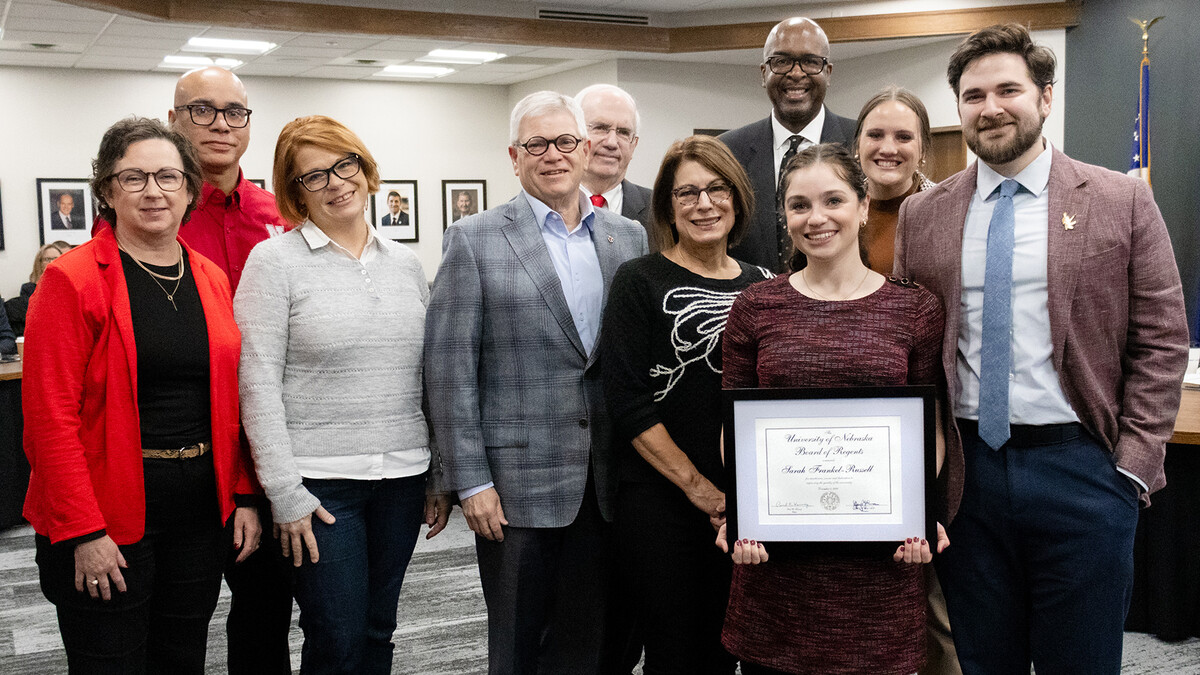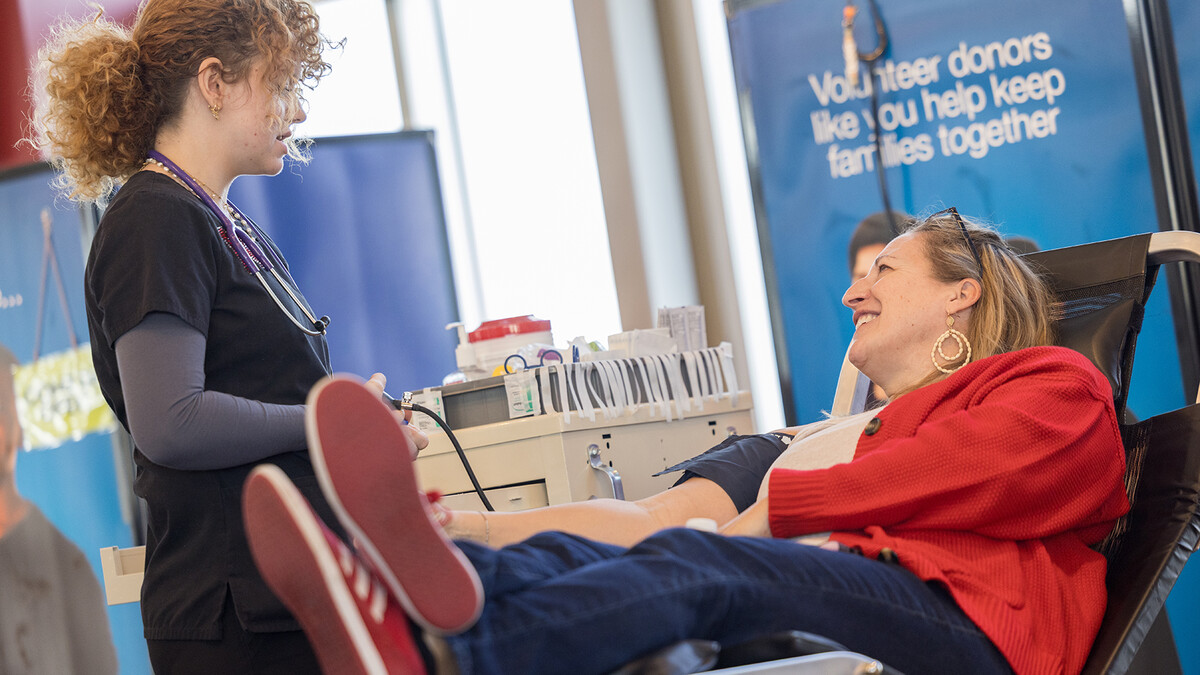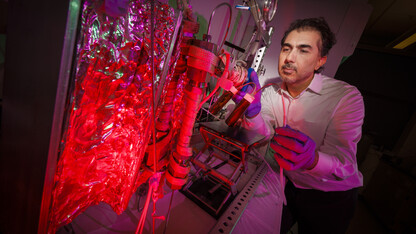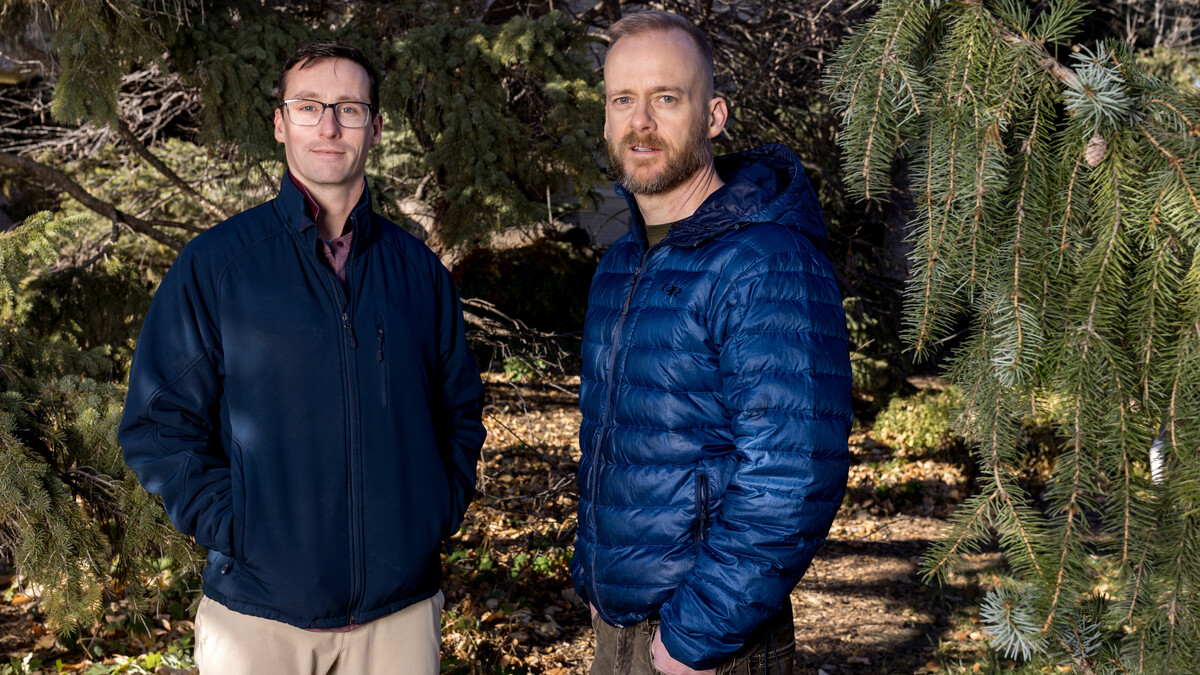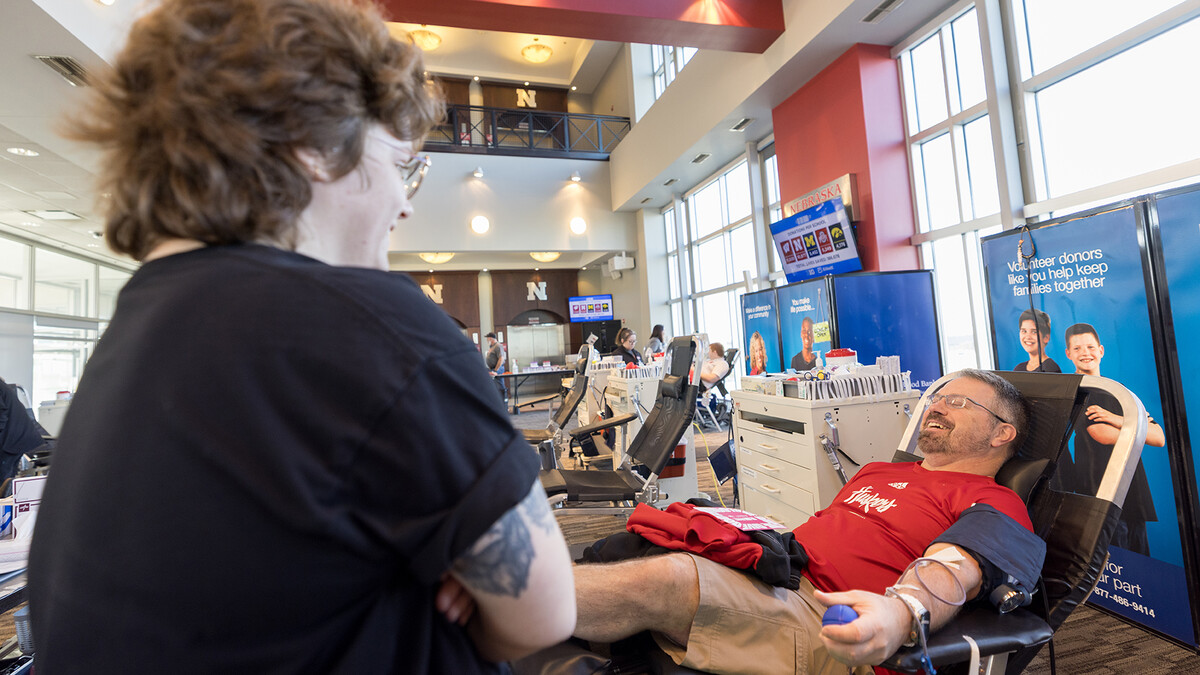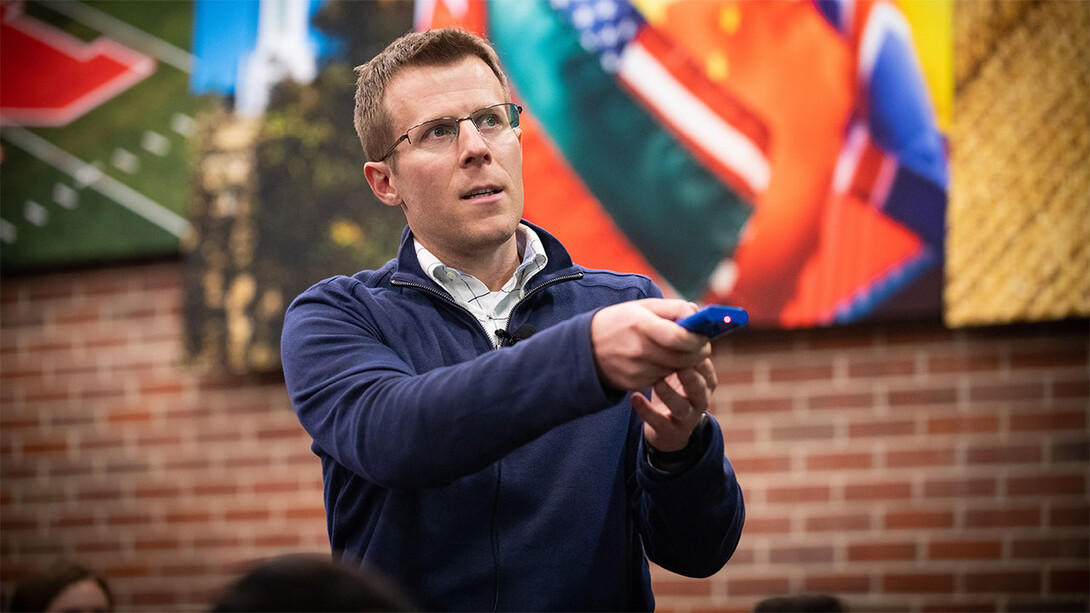
As both a biology instructor and an award-winning researcher of biology instruction, the University of Nebraska–Lincoln’s Brian Couch understands the magnitude of asking someone to reconsider what they teach and how they teach.
That was the ground-shifting charge laid down by the National Science Foundation in its 2011 report “Vision and Change in Undergraduate Biology: A Call to Action.” Biology had seen massive changes in the decades prior, spurred by technological leaps that were revealing big-picture, big-data connections long obscured by their sheer complexity. New theories of learning, meanwhile, had raised questions about the value of rote memorization, the limits of conventional lecturing and the potential of injecting interaction into classrooms.
“Historically, biology courses have this reputation of being laden with facts and not being particularly interactive,” said Couch, associate professor of biological sciences at Nebraska. “At some point, the degree of factual knowledge that was coming across to students was just so immense that it felt like we needed to distill it down to the most important things.”
So the landmark NSF report called on educators to prioritize conceptual understanding over facts, emphasize the scientific process as much as the result, and explore ways to give students a greater stake in their own learning. Even before the report, but especially in the decade after, instructors developed so-called open educational resources — freely available lesson plans, lab activities, quizzes and other course materials — to help incite the instructional revolution.
With the support of a nearly $2 million grant from the NSF, Couch is now leading a five-year, multi-institutional effort to gauge the creation, evolution and implementation of those open educational resources.
“Changing one day of class takes some effort; changing a whole curriculum represents a considerable undertaking,” Couch said. “‘Vision and Change’ planted the seed that we need a place where the community can share all these resources. If you take the time to build an activity that focuses on a particular concept and uses interactive teaching approaches, how can we help you share that lesson with others in the community, so that they don’t have to reinvent it?”
One major hub for disseminating those resources is CourseSource, a peer-reviewed, open-access journal whose contributors have shared roughly 200 course materials with more than 10,000 registered users since its launch in 2015. Couch, Cornell University’s Michelle Smith and the University of Maine’s Erin Vinson will be spearheading a massive review of articles from CourseSource and similar journals to determine how well those articles have incorporated the evidence-backed curricula and instructional practices championed by “Vision and Change.”
Ideally, Couch said, the team will see some signs that the 2011 report and other, related efforts have been altering the course of undergrad biology education for the better. Developing a more comprehensive profile of what resources are available — and conversely, what’s lacking — should also help inform “where our community needs to go from here,” Couch said.
“One of the big challenges with chronicling change, especially when it’s historic change, is that you don’t necessarily have a baseline,” he said. “You can’t go back, in a lot of cases, and look at what was happening 15 or 20 years ago, because you didn’t collect that data at that point. But with open educational resources, there are publicly accessible artifacts, and you know when they were published. So there’s this publication trail that you can look at in terms of volume, trajectory and content.”
The team will also be surveying authors who have published educational resources and registered users who have downloaded CourseSource content. Couch said the team has a multitude of questions for authors: why they decided to contribute materials, whether and how their institutions incentivized them to do so, what they considered when settling on their topics, how they went about designing the actual resources.
But the researchers might have even more questions for the users, most of whom are biology educators looking for ways to invigorate their own courses. For starters: Who is downloading which articles? For what sorts of courses, at what sorts of institutions? The latter is an especially important question, Couch said, given what prior research has shown about how demographics and other contextual factors can shape educational outcomes.
“We’re aiming to reach users from many different institution types, as a way of reflecting the diversity of classes that are out there and the range of experiences that students are having in biology courses,” he said.
Differences among those institutions — research-intensive universities, historically Black colleges and universities, undergraduate-exclusive liberal arts colleges, community colleges — mean that educators at each are adapting open educational resources to meet their respective needs, Couch said. Though user surveys will help the team learn more about the nature of those adaptations, the researchers aren’t stopping there. Couch, Smith and Vinson plan on documenting the adaptations by working with instructors to obtain lecture slides, video recordings of class and other instructional telltales.
To help untangle how those adaptations might be influencing the learning process, the team will even be administering assessments to students before and after their instructors introduce open educational resources in class. Comparing the results of those assessments, then cross-referencing them with differences in implementation and instructional style, should offer insights into which adaptations are helping or hurting.
Collectively, the project is an undertaking that Couch described as “unprecedented.” But when factoring in the researchers’ wide-ranging experience with conducting content analyses, documenting course practices, developing assessments and making sense of the results, Couch said the team has the particular set of skills needed to meet the challenge.
“I think this is pretty novel because of the scope of different activities that we’re doing,” he said. “It’s really multiple projects all coming to bear on the same questions.
“One thing I’m really excited about: We have experience with all the pieces. It’s just a matter of putting those pieces together.”

